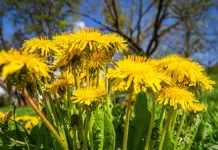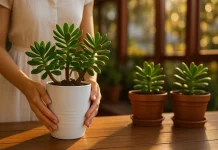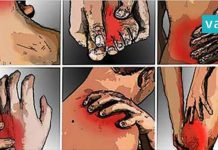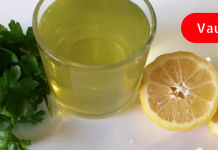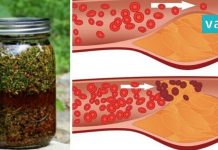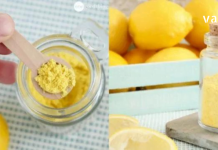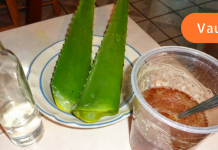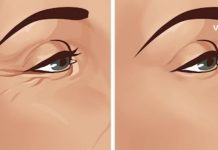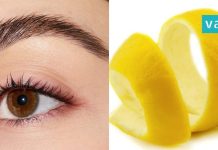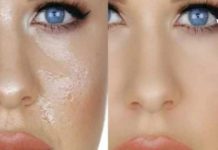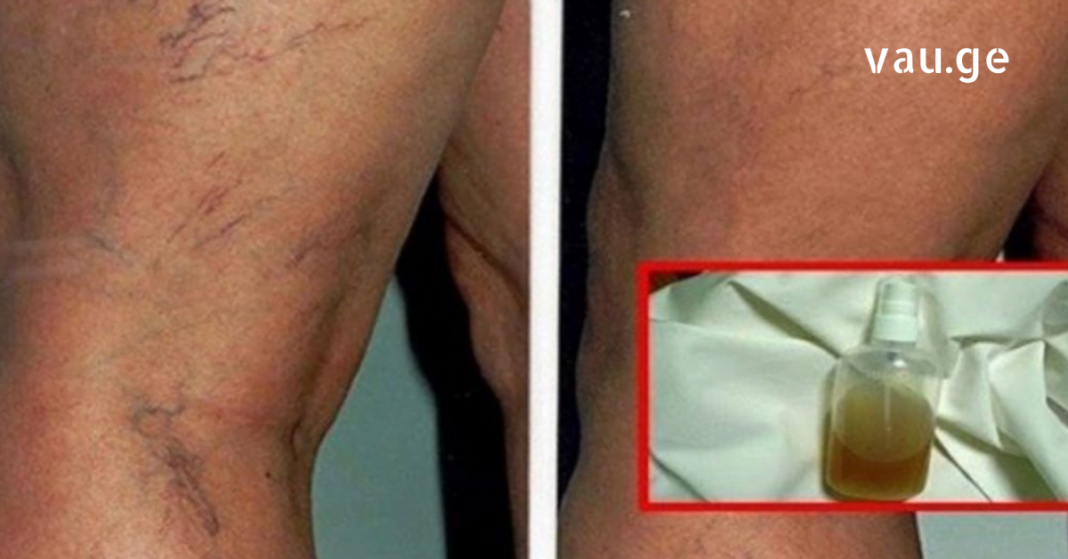Capillaries are the tiniest blood vessels in the human body, serving as a crucial bridge between arteries and veins. These minuscule vessels form a dense network that extends throughout the entire body, ensuring proper blood circulation and nutrient delivery. The walls of capillaries consist of a single layer of endothelial cells, which are surrounded by contractile cells from the outside. Capillaries are innervated by the sympathetic nervous system, meaning their function is partially controlled by it.
Interestingly, the total cross-sectional area of capillaries is about 150 times greater than that of the aorta—according to some researchers, it could even be 500 times larger. The human body contains approximately 1 to 4 billion capillaries. However, during rest, only about a quarter of them are actively involved in circulation. The remaining capillaries are recruited only when the body has an increased demand for oxygen and nutrients, such as during physical activity or in response to injury.
Venous Disorders in the Lower Limbs: Who Is at Risk?
Venous system disorders in the lower limbs are common and can affect anyone, regardless of age or lifestyle. However, there are specific groups of people who are more prone to developing this condition. This susceptibility is largely due to several risk factors, with the most significant being:
- Age:
As we age, the efficiency of the venous pump—which is responsible for moving blood upward against gravity—begins to decline. The blood vessel walls become weaker, venous valves wear out, and overall blood flow is disrupted. - Gender:
Women are significantly more likely to suffer from venous system problems, largely due to the effects of female hormones. Moreover, the condition often worsens during pregnancy. In such cases, not only the hormone progesterone is responsible, but also the additional physical strain on the venous system throughout the nine months of pregnancy. - Genetics:
If one or both parents have venous disease, there is a high likelihood that their children will inherit this tendency as well.
Broken Capillaries – A Common Aesthetic and Health Concern for Women
One of the most common issues women face is the appearance of broken capillaries, especially on the legs and face. Beyond their unaesthetic appearance, broken capillaries can also lead to emotional distress, self-esteem issues, and social anxiety.
The primary cause of broken capillaries is weakened blood vessels. This condition can be worsened by wearing uncomfortable shoes, hormonal changes during pregnancy, or other external and internal factors. If left unaddressed, these minor problems can lead to more serious issues, such as the development of varicose veins.
A Natural and Effective Remedy: How to Make a Healing Balm at Home
Instead of relying on expensive treatments or invasive procedures, you can try a powerful, natural remedy. This homemade balm is designed to strengthen blood vessel walls, improve blood microcirculation, and restore the skin’s appearance.
Here’s how to prepare it:
Ingredients:
- 40 ml of horse chestnut extract
- 40 ml of chestnut tincture
- 10 drops of rosemary essential oil
Preparation Steps:
- Place cleaned horse chestnut fruits into a glass jar and fill it with water until the fruits are fully submerged.
- Seal the jar tightly and leave it in a sunny spot for 3 days.
- After that, move the jar to a dark place and let it sit undisturbed for 40 days.
- Once the tincture is ready, mix it with the horse chestnut extract and rosemary essential oil.
- Shake the jar thoroughly to combine the ingredients—and your healing balm is ready!
This balm works by stimulating blood circulation, reducing inflammation, and reinforcing the walls of capillaries and veins. For best results, apply it regularly to the affected areas.
Additional Tip:
Try to limit your intake of sugar and processed foods, as high sugar levels can weaken blood vessels and contribute to future capillary issues. A healthy diet, combined with this natural remedy, will help keep your skin smooth, vibrant, and free of visible capillary damage.
